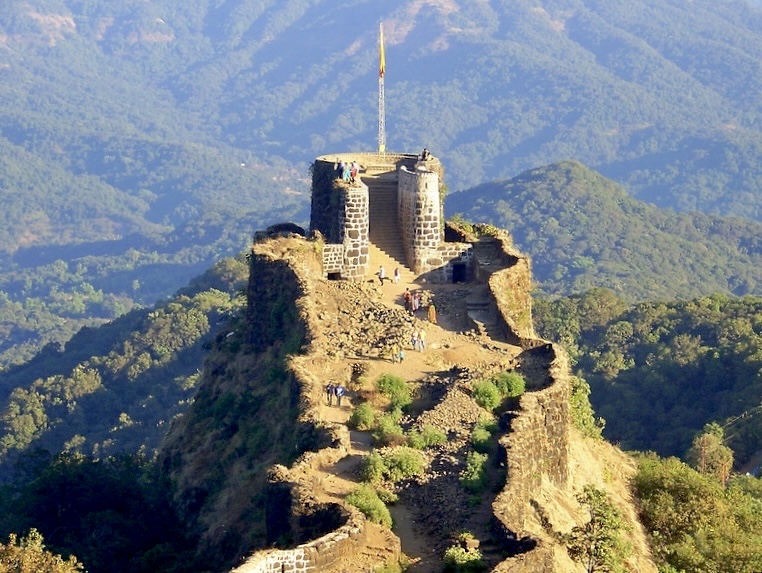General Studies 1
Great Indian Plains: North-South Division of Northern Plains
Bhabhar Region It is a narrow, porous, northernmost stretch of the Indo-Gangetic plain which is located parallel to the Shiwalik foothills. The porosity is due to the deposition of a huge number of pebbles and rock debris across the alluvial … Continue reading
Great Indian Plains: Basics
Origin of Plains The most acceptable version of the origin of plains is that of Edward Suess and his idea of fordeep. The northern part of the peninsular plateau underwent a northward bend and under the thrust of the Eurasian … Continue reading
Glaciers of Himalayas
Basics What is a Glacier? Glaciers are a bulk of ice moving under its own weight. It forms in areas where the amassing of snow goes beyond its ablation over many years. They are sensitive indicators of changing climate. Condition … Continue reading
Mountain Passes In the Himalayas (State Wise)
Mountain Passes in Ladakh Passes Description Umling La The world’s highest motorable road. It connects the Chisumle village and Demchok village in Ladakh. Khardung La It connects the Leh and Siachen glaciers. Aghil Pass It is situated to the North … Continue reading
Difference Between Western Himalayas and Eastern Himalayas
Western Himalayas Eastern Himalayas Broader in nature (400 – 500 km) Narrower in nature (<100 – 150 km) Not so high Higher in nature Not as steep, rise through a series of steps Steeper and rise abruptly from Bengal and … Continue reading
Longitudinal Division of Himalayas
Kashmir /Punjab/ Himachal Himalayas Located between the Indus gorge and the Satluj gorge They are 560 km long and 320 km wide. The Zaskar range forms the northern boundary and the Shiwaliks, the Southern boundary. The region has a ridge … Continue reading
General Classification of Himalayas: Purvanchal or Eastern Hills
Eastern Hills or The Purvanchals are the southward extensions of the Himalayas running along the north-eastern edge of India. At the Dihang Gorge, the Himalayas take a sudden southward bend (syntax bend) and form a series of comparatively low hills … Continue reading
General Classification of Himalayas: Himalayas
Basics What is it?: Series of several parallel ranges. Topography Ranges are separated by deep valleys that create a dissected topography. The southern slope has a steep gradient and the northern slope is gentler. Syntaxial Bends of Himalayas Himalayas extend … Continue reading
General Classification of Himalayas: Trans Himalayas
Basics Location: Himalayan ranges immediately north of the Great Himalayan range. Other Name: Also called the Tibetan Himalayas because most of it lies in Tibet. Length and Direction: 1,000 km in the east-west direction Average Elevation: 5000 m above mean … Continue reading
UNESCO Sites in India: Maratha Military Landscapes of India (2025)
Period: Spanning from the 17th to 19th centuries CE, this extraordinary network of twelve forts demonstrates the strategic military vision and architectural ingenuity of the Maratha Empire. Include: Comprises 12 forts across Maharashtra and Tamil Nadu. List of Forts Maharashtra: … Continue reading

